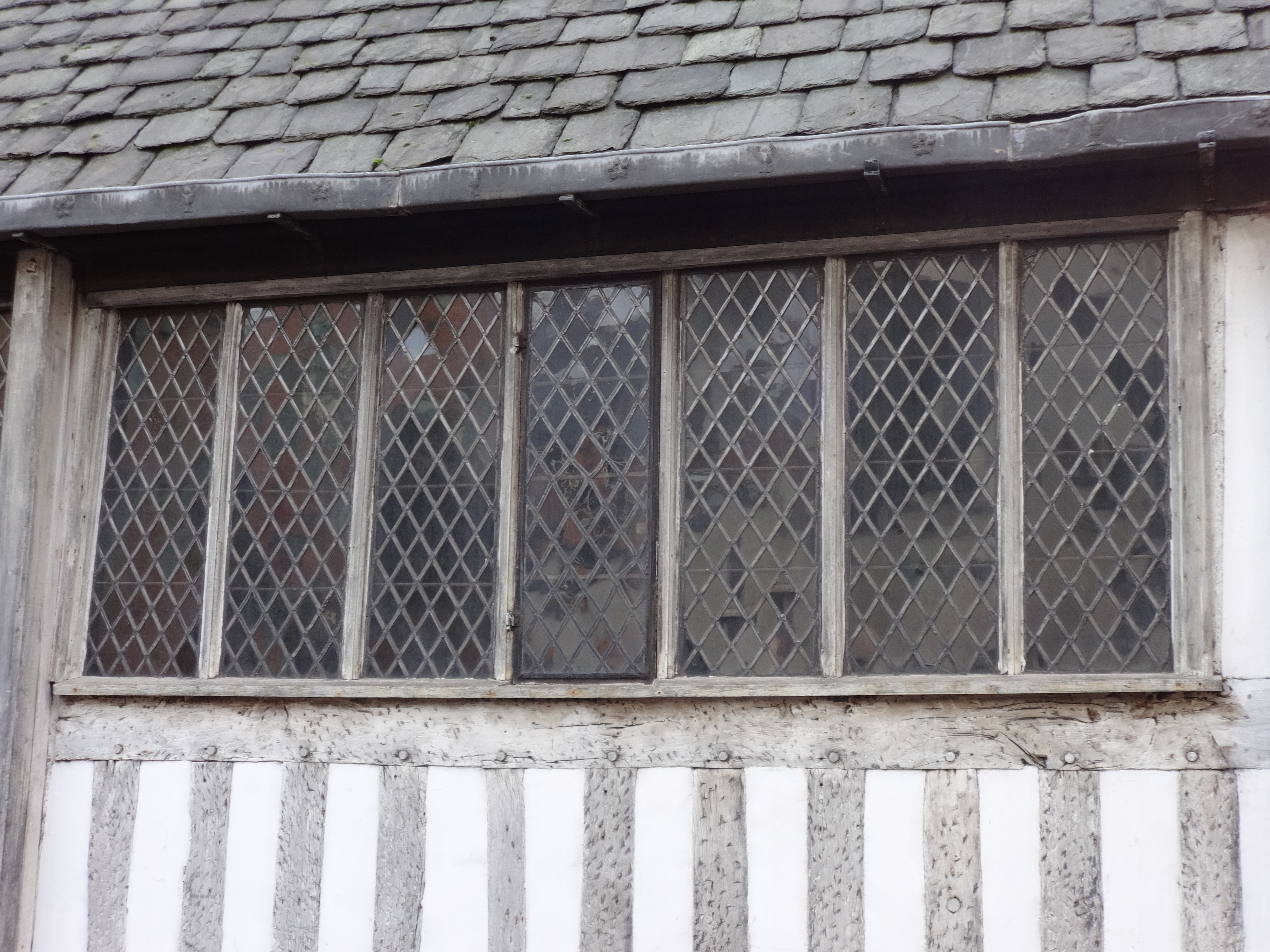Window tax
The window tax was a property tax introduced in England in 1696 under the reign of King William III. It was designed as a means of generating revenue for the government while avoiding a formal income tax, and was highly unpopular at the time.
The tax was levied on the number of windows in a building. The rationale was that the number of windows correlated with the size and value of the property, and therefore with the wealth of its owner.
The tax had a fixed rate plus a variable rate based on the number of windows:
- Initially, houses with fewer than ten windows were exempt.
- Houses with ten to twenty windows were taxed at a certain rate.
- Houses with more than twenty windows were taxed at a higher rate again.
Over the years, the specifics of the tax changed several times. For example, the threshold for taxation and the rates were adjusted, and in 1766, houses with seven or more windows were taxed.
The window tax led to unintended consequences, such as homeowners bricking up windows to avoid the tax. This practice affected the architectural aesthetics of buildings and sometimes had adverse effects on the health and well-being of residents due to reduced ventilation and natural light.
The window tax remained in effect for more than a century, despite its unpopularity and the various negative consequences. It was finally repealed in 1851 and replaced by a tax on house value, known as the house duty.
The window tax is often cited as an example of how tax policy can influence architecture and living conditions. Many historical buildings in the UK still show evidence of windows that were bricked up to reduce tax liability.
[edit] Related articles on Designing Buildings
Featured articles and news
RTPI leader to become new CIOB Chief Executive Officer
Dr Victoria Hills MRTPI, FICE to take over after Caroline Gumble’s departure.
Social and affordable housing, a long term plan for delivery
The “Delivering a Decade of Renewal for Social and Affordable Housing” strategy sets out future path.
A change to adoptive architecture
Effects of global weather warming on architectural detailing, material choice and human interaction.
The proposed publicly owned and backed subsidiary of Homes England, to facilitate new homes.
How big is the problem and what can we do to mitigate the effects?
Overheating guidance and tools for building designers
A number of cool guides to help with the heat.
The UK's Modern Industrial Strategy: A 10 year plan
Previous consultation criticism, current key elements and general support with some persisting reservations.
Building Safety Regulator reforms
New roles, new staff and a new fast track service pave the way for a single construction regulator.
Architectural Technologist CPDs and Communications
CIAT CPD… and how you can do it!
Cooling centres and cool spaces
Managing extreme heat in cities by directing the public to places for heat stress relief and water sources.
Winter gardens: A brief history and warm variations
Extending the season with glass in different forms and terms.
Restoring Great Yarmouth's Winter Gardens
Transforming one of the least sustainable constructions imaginable.
Construction Skills Mission Board launch sector drive
Newly formed government and industry collaboration set strategy for recruiting an additional 100,000 construction workers a year.
New Architects Code comes into effect in September 2025
ARB Architects Code of Conduct and Practice available with ongoing consultation regarding guidance.
Welsh Skills Body (Medr) launches ambitious plan
The new skills body brings together funding and regulation of tertiary education and research for the devolved nation.
Paul Gandy FCIOB announced as next CIOB President
Former Tilbury Douglas CEO takes helm.
UK Infrastructure: A 10 Year Strategy. In brief with reactions
With the National Infrastructure and Service Transformation Authority (NISTA).























